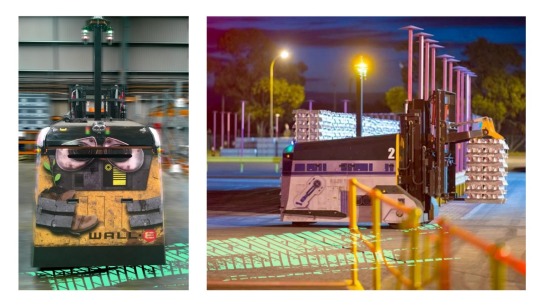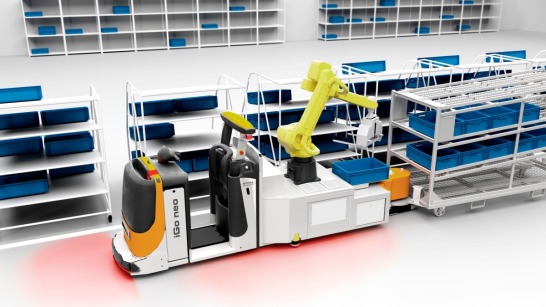_image_546x307.jpg)
Automated book storage and libraries
Apart from books, obviously, what do the National Library of Israel, Australia’s Macquarie University Library and the National Library of Canada have in common? If you answered they all are architectural marvels, that would be partially correct, but they also share something in common behind all the shelving: A complex, fully automated system for storing and retrieving books as supplied by Dematic, a KION Group subsidiary.
2020-04-23
.jpg)


